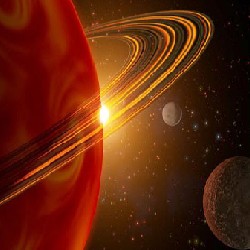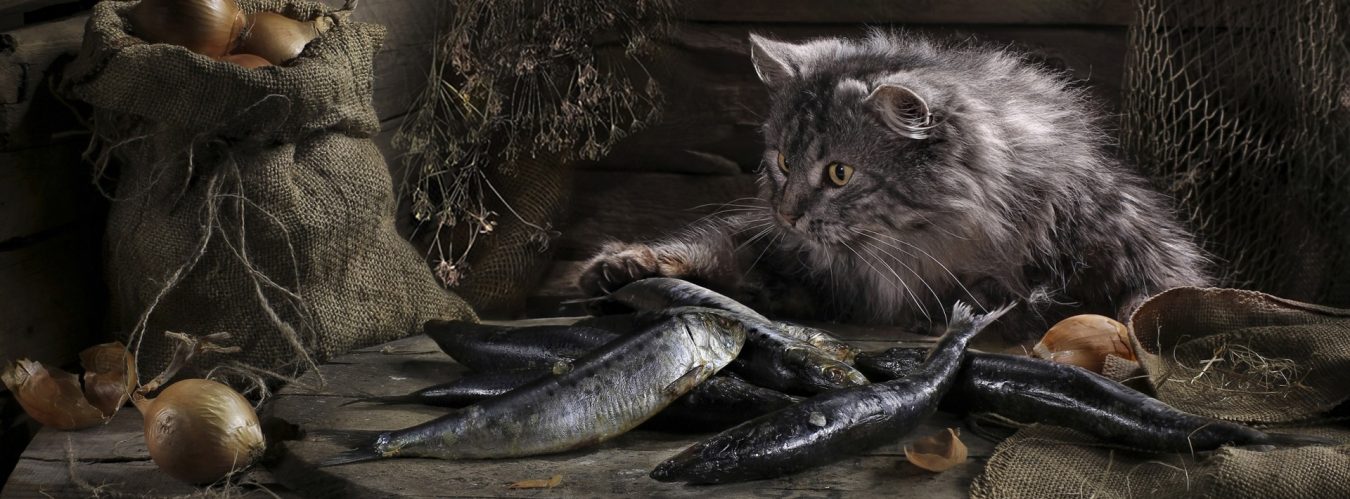 Events Mars
Events Mars
may not have life, but its beginnings are believed to have been found on Saturn's moon Titan. This is evidenced by the results of an analysis of the chemical composition of the satellite's surface based on samples taken by the Cassini spacecraft. Astronomers say Titan is the only moon with a thick atmosphere, and NASA officials believe they have discovered signs of primitive alien life on it.
The temperature on the satellite itself is very low, and there is no liquid water on its surface. Presumably, living things on the satellite breathe air from its atmosphere and feed on materials from its surface.
The results of the study were presented in two reports. According to one of them, hydrogen, which can be found in any layer of the atmosphere, does not exist on the surface of the satellite. This led to the theory that alien life forms can breathe. The second report states that there are no chemicals on the surface of the satellite, and scientists have suggested that they feed on them.
They found the absence of chemicals as follows: sunlight should have reacted with them, resulting in acetylene gas, but in Cassini samples are missing.
According to Chris McKay, NASA astrobiologist and lead researcher, they hypothesized that life forms breathe hydrogen, similar to Earth, where living things are breathe oxygen. If it turns out that Titan does have life, it will be a second form of life besides the one on our planet.
According to Professor John Zarnecki, the chemical composition of the satellite suggests that there are conditions for life, but we also need heat to kickstart the process. When our Sun becomes a red giant in 4 billion years, Titan will have everything it needs for life to develop.
At the same time, scientists add that perhaps there is another explanation for their findings. However, taken together, the above characteristics are important conditions for the existence of methane-based life forms.
